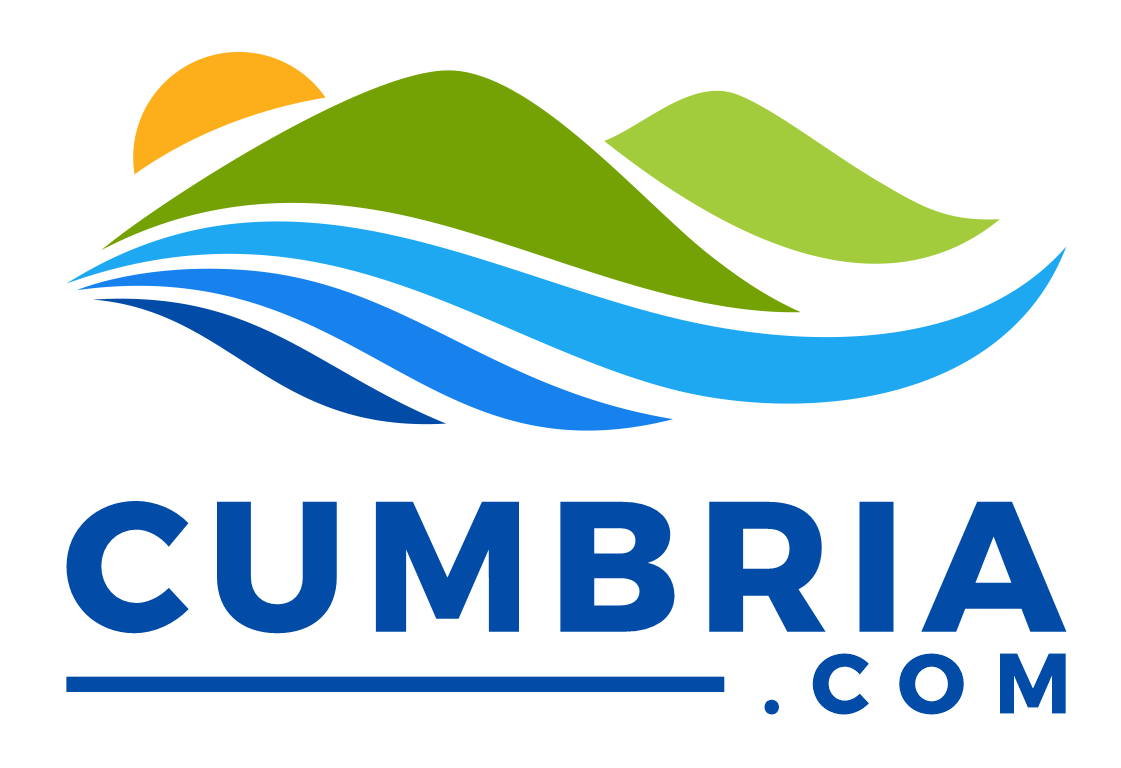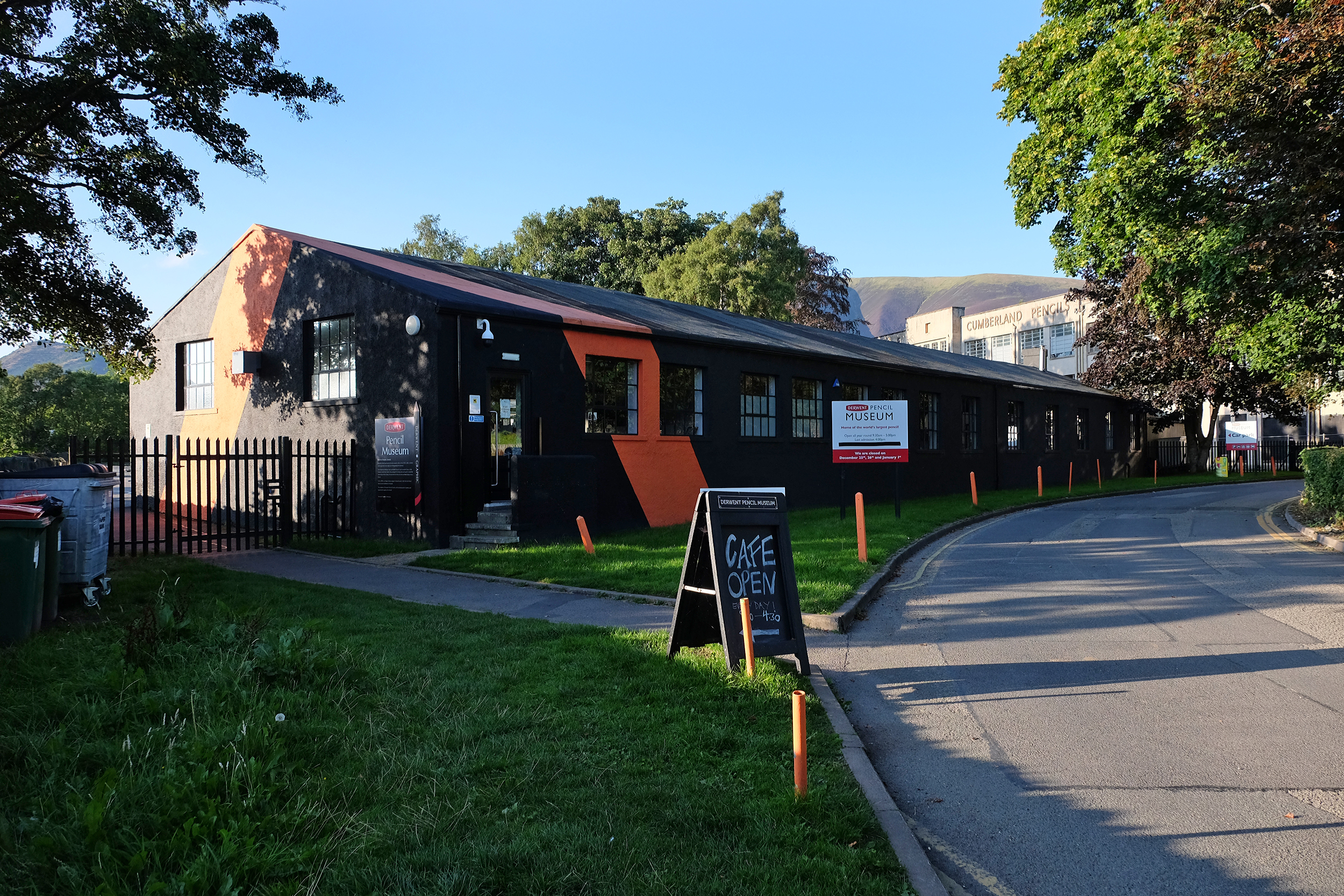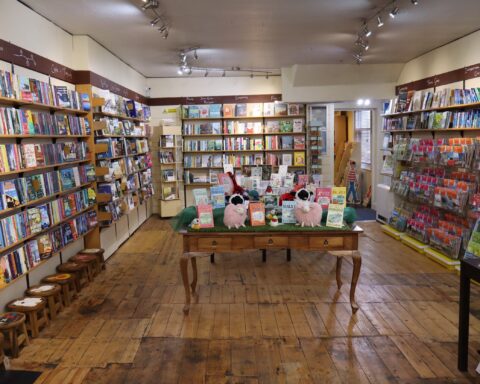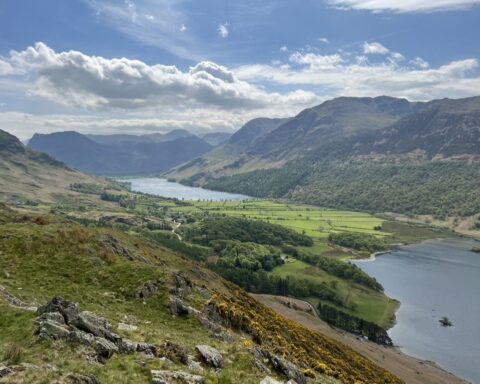One stormy day in Borrowdale in the sixteenth century, the river came flooding down the valley, trees were uprooted and the messy aftermath revealed a mysterious black substance in the ground. Shepherds then began using the material to mark their sheep, creating the world’s first pencils. They’d discovered graphite. Or so the story goes…
Known locally as ‘wad’, graphite quickly became a much sought-after material, with mines in upper Borrowdale, in the Seathwaite area in particular, supplying a growing cottage industry based around Keswick. Then, in 1916, the Cumberland Pencil Company was formed, making pencils on an industrial scale.
The story of graphite and of pencil-making in the local area is brought to life at the Cumberland Pencil Museum, on the site of the Cumberland Pencil Company’s original factory in Keswick. (The firm still makes pencils, but production is now based near Workington in west Cumbria.) Visitors enter the museum via a mock-up of an old Borrowdale wad mine, which would also have supplied graphite, or plumbago, for making cannon ball moulds for Elizabeth I’s navy. They then get to see one of world’s biggest coloured pencils (about 25ft or almost eight metres long), miniature pencil sculptures and some of the last remaining examples of top-secret map-and-compass pencils used in World War Two. These were given to Lancaster bomber airmen to help prisoners of war escape from German camps. Each pencil contained a hidden compass and a map, drawn on tissue paper, showing potential escape routes.
Youngsters have the chance to put their creativity to the test in the Drawing Zone, and their work can be entered into regular competitions. There are also art classes for children, drop-in courses for adults and exhibitions of fine art using coloured pencils.
The museum is located at the Southey Works on the banks of the River Greta, just a five-minute walk from the Moot Hall in Keswick town centre. It is open all year round and has its own pay-and-display car park. The museum also has a café that serves drinks and light lunches as well as a gift shop that stocks souvenirs, gifts and some of the products still made by the Cumberland Pencil Company. The latter include children’s colouring pencils, precision mechanical pencils used by technical drawing professionals, charcoal pencils, water-soluble products and even oil paints.
For more ideas on family days out in the area, go to our article Things to do in Lake District with family.





